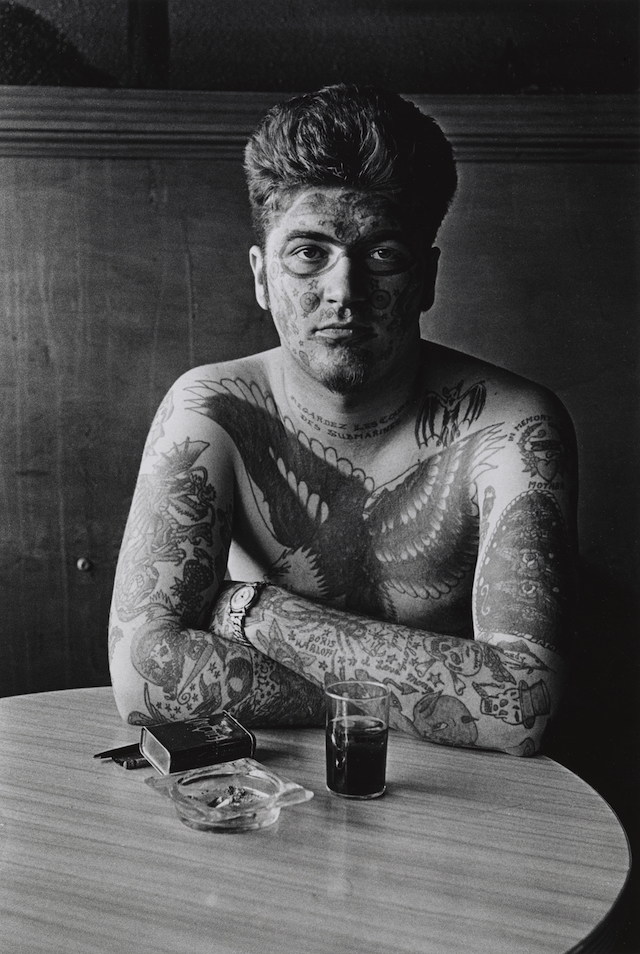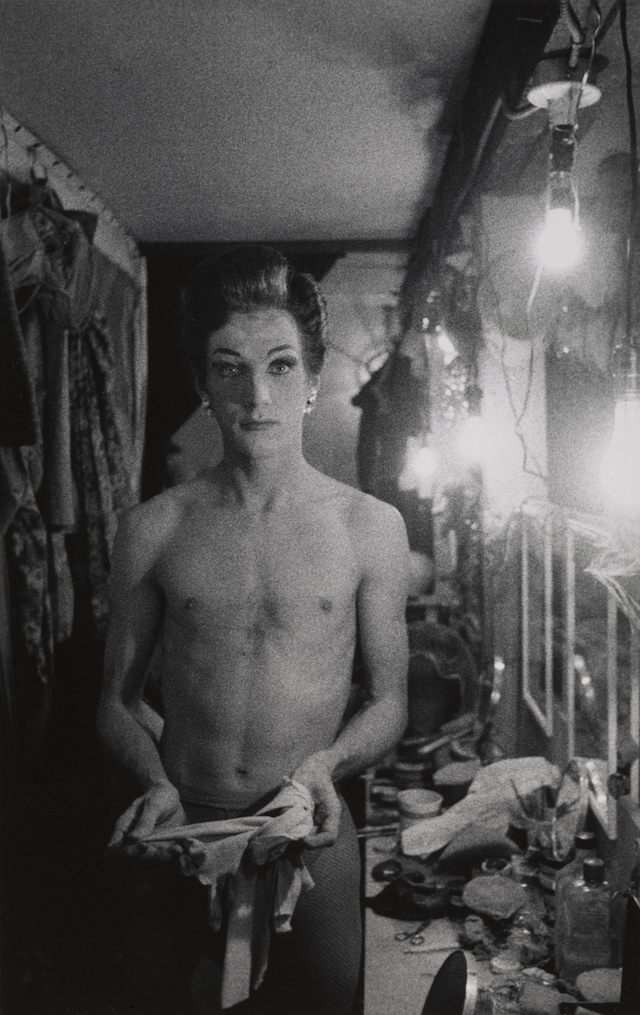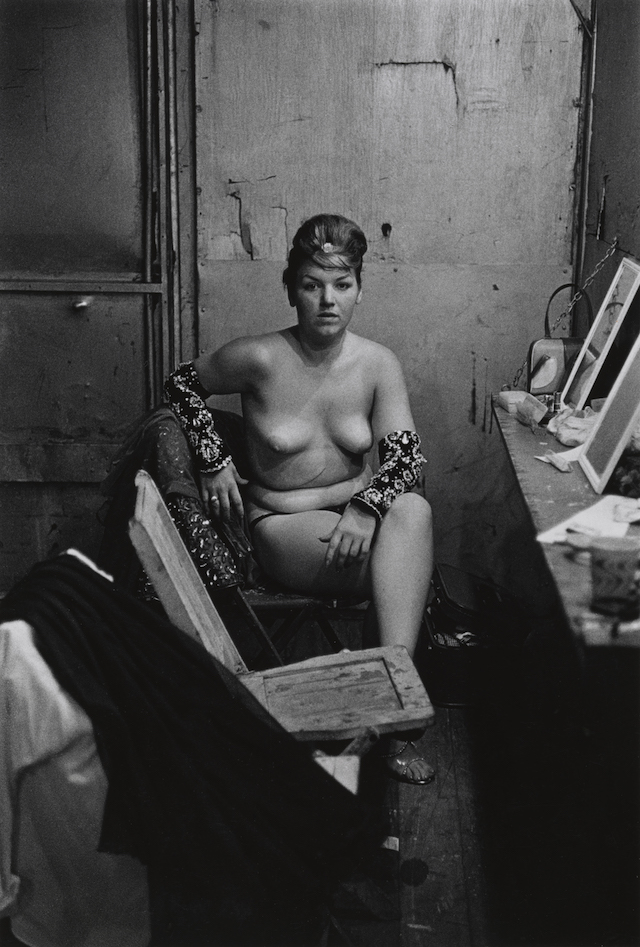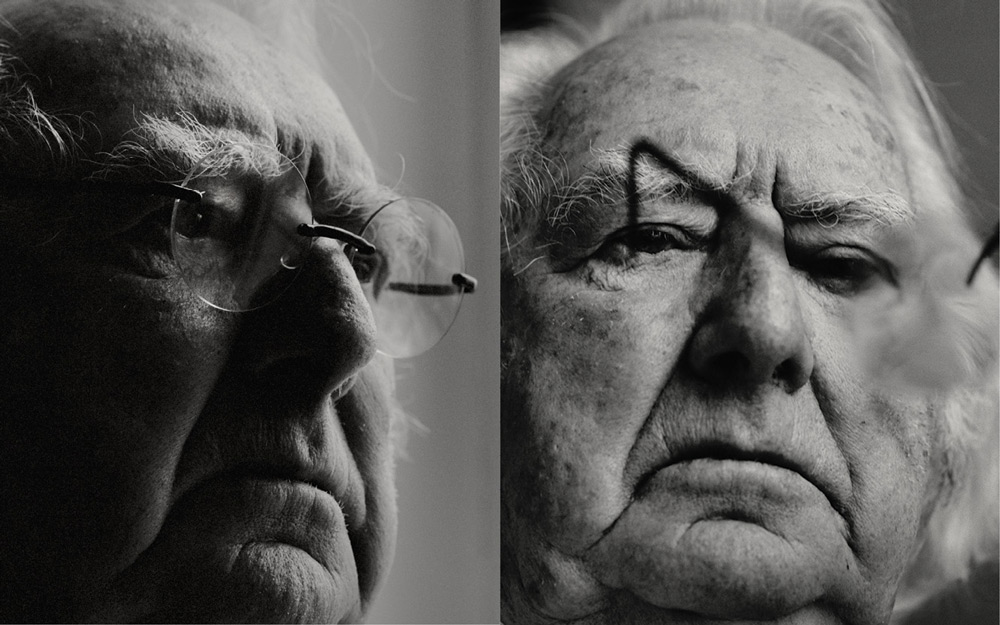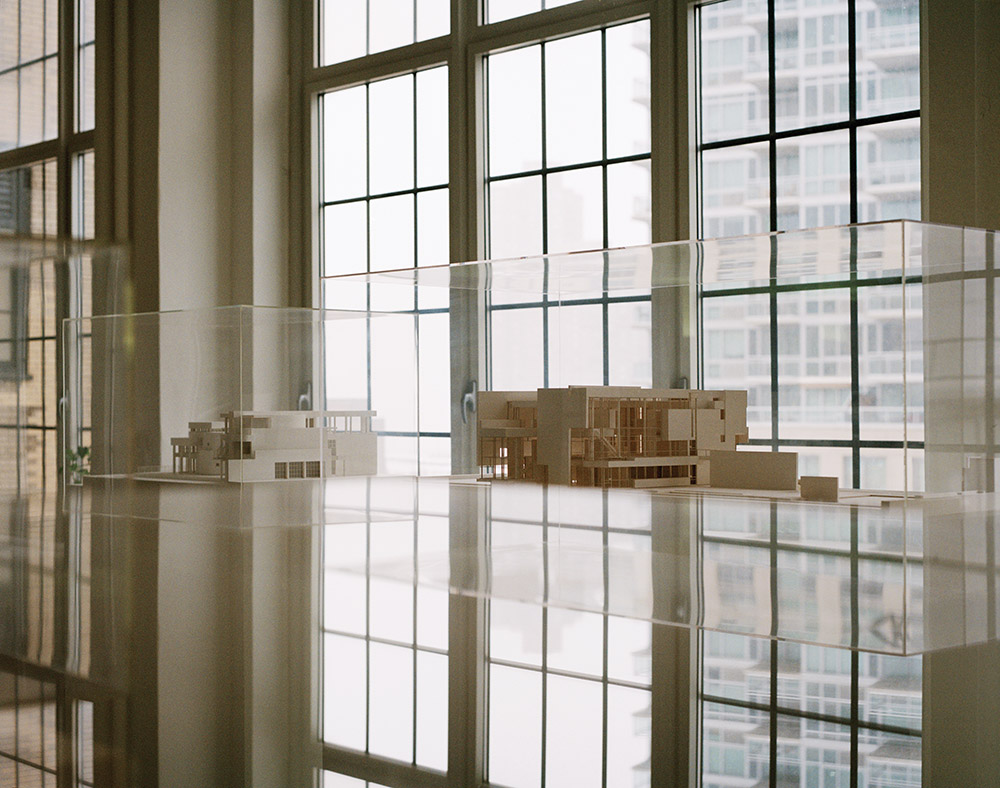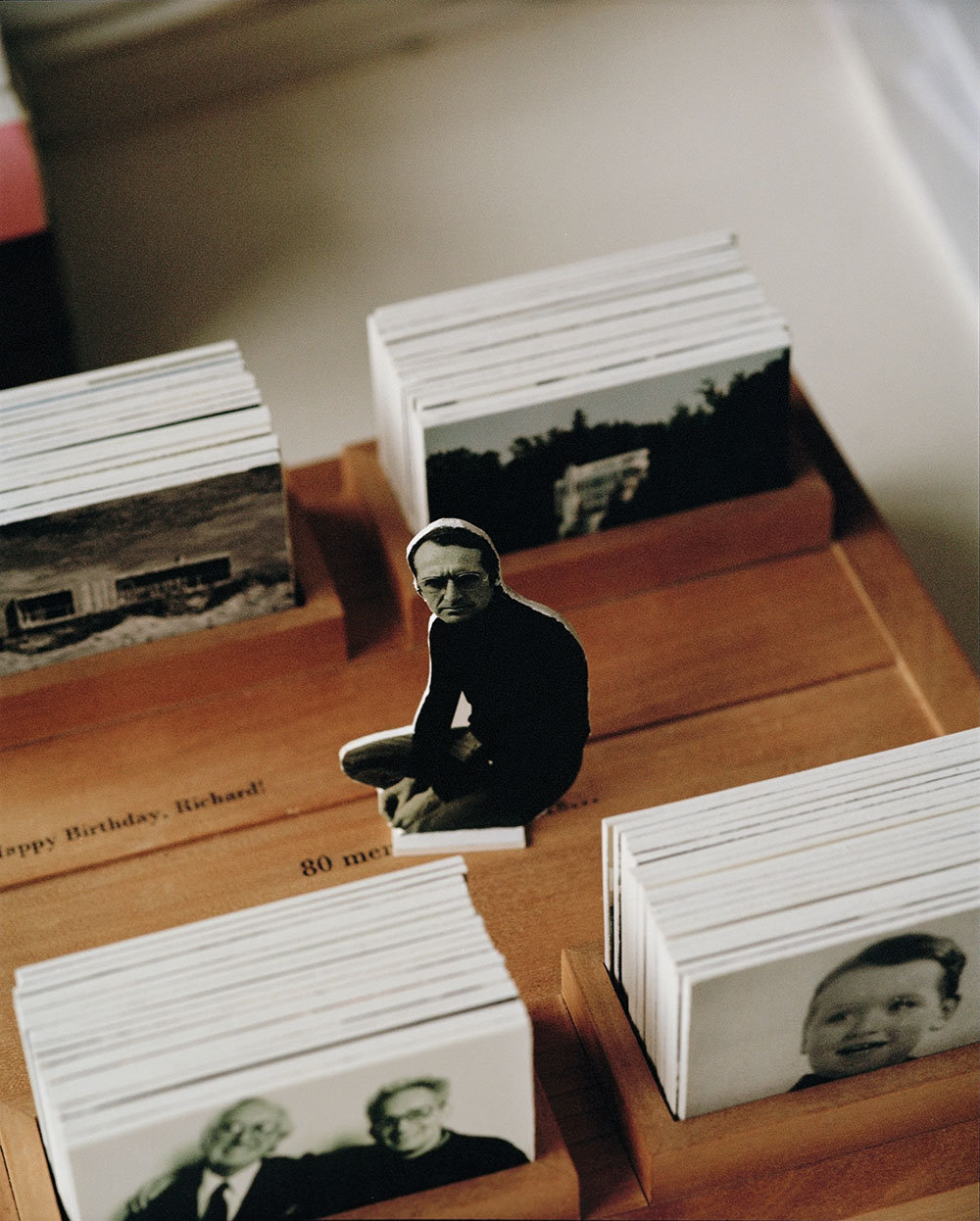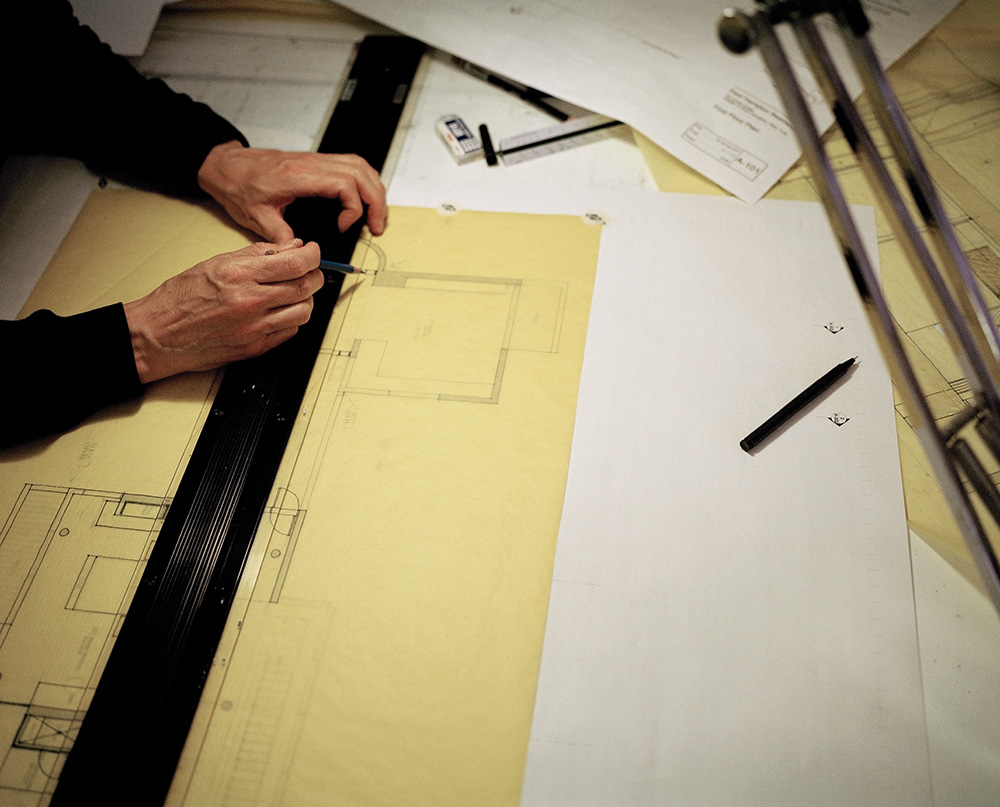Karen Marshall’s new book presents a three-decade-long friendship among a group of New York City girls
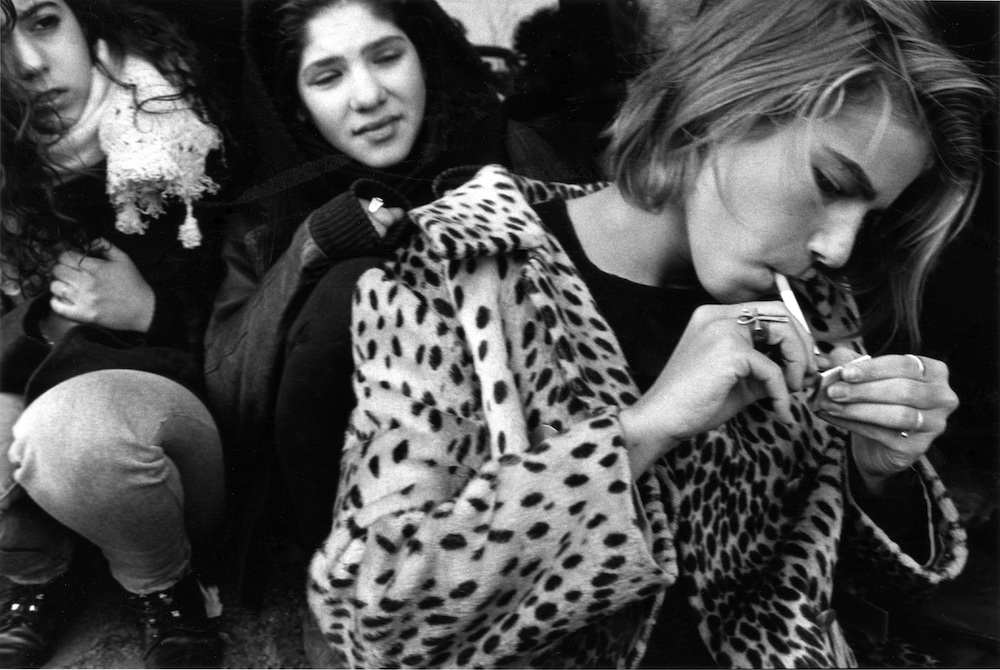
Girlhood is a period of poignance. Bodily changes, new relationships, the quest to discover oneself; these formative years are that of definition, refinement and readying for the years to come. In Karen Marshall’s new book, Between Girls, which is now published by Kehrer Verlag, she presents the coming-of-age tale between a group of New York City teenagers. Capturing their lives, relationships and journey into womanhood, the project first kicked off in 1985 and continued for the remaining 30 years. Karen, with a 35mm black and white camera in tow, would observe the girls as they passage through the world, experiencing the good – utmost joy and playfulness – and the bad, like the death of one of their friends, Molly Brover. Here, Karen tells me more about this pivotal series, the ritual of friendships, belonging and the importance of friendship.
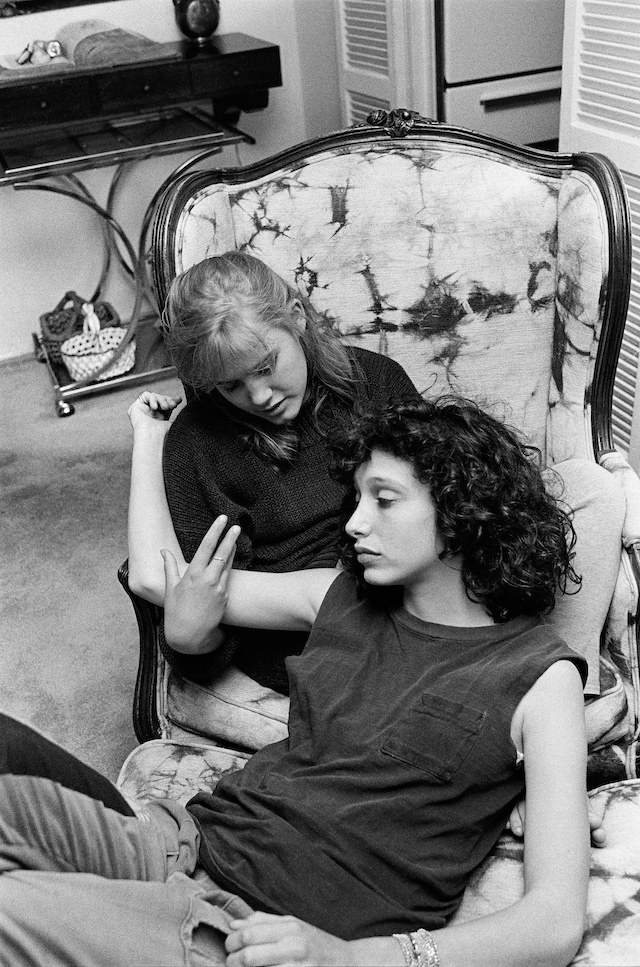
Let’s begin by hearing about yourself – where you’re from, your career path to date etc.
I was born in NYC and raised in the suburbs just on the other side of the Hudson River. I have been serious about photography since I was 13 years old. I consider myself a documentary photographer and tend to work on long-term projects over many years. A couple of decades ago, I found that I loved teaching and mentoring emerging photographers. I have been on the faculty at the International Center of Photography for many years; I am chair of the one year programme in Documentary Practice and Visual Journalism at ICP where students come from all over the globe to learn visual storytelling.
When and how did you meet this group of teenagers? What were they like?
I met them in the fall of 1985 when I decided that I wanted to photograph teenage girls coming of age. A friend of mine suggested I contact Molly Brover. He knew her family and had babysat for her when she was younger. The connection I had with Molly and her friends was immediate. They were social and articulate girls with large personalities.
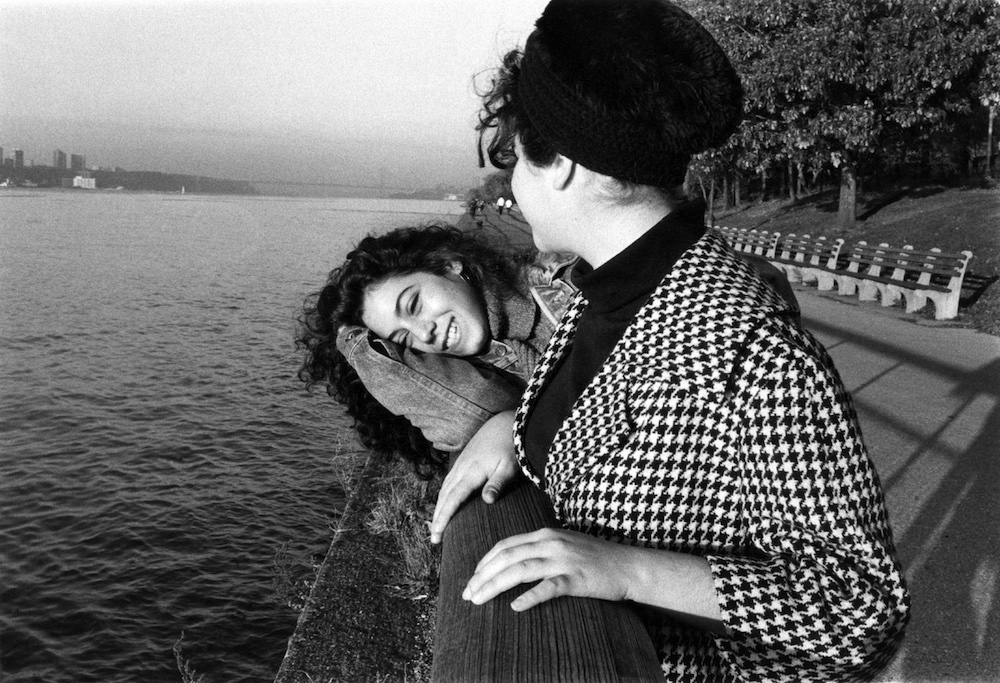
The project looks at themes of girlhood and friendship; are these topics close to your heart?
I am very interested in how people get along with one another, how we form our identity and become a community. I like to tell long-form visual stories about people, places, society; the psychological lives of my subjects within the social landscape. At the time, I also felt that there was a lack of visual stories about women coming of age.
Can you pick out a couple of favourite anecdotes from the project?
There are special things about every time I photographed them. The first day, though, is the most pivotal. I knew right away that I had found the story and the girls I was looking for, and they would allow me to be a fly on the wall and capture their girl world. I shot three rolls of film that afternoon, and I knew when I processed the film that I had a story that seemed special.
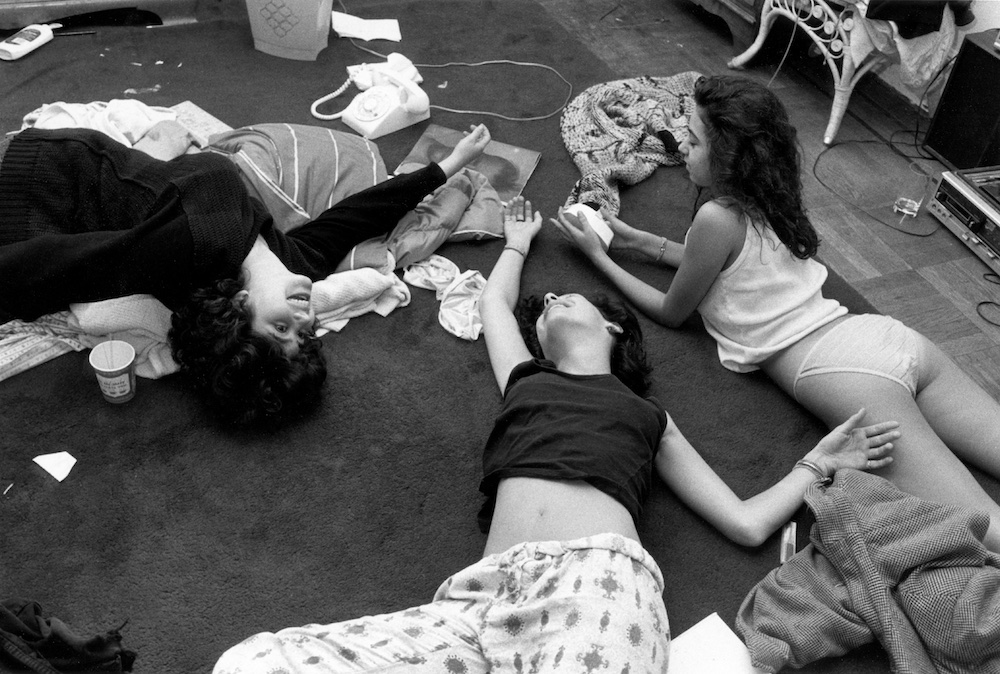
You’ve spoken of the sad moment that Molly passed away during the making of the project, which sounds devastating. Did the project change or evolve in any way after this?
After Molly died, it was hard for the girls to be with each other because it was so painful. Then they graduated from high school and moved on in their lives. As they grew older, it was me that brought them together and created the dialogue between them. My role as photographer was no longer simply hanging out in their lives and photographing, but rather making those gatherings happen.
Shot over 30 years, what did you learn about your subjects over time?
When I first started photographing them, I was very much thinking about the importance of these sorts of relationships in anyones life and the notion of emblematic relationships. Following the women and growing older myself, I realised my initial premise was right. The women also understand how important this time was in their lives and the importance of these emblematic relationships.
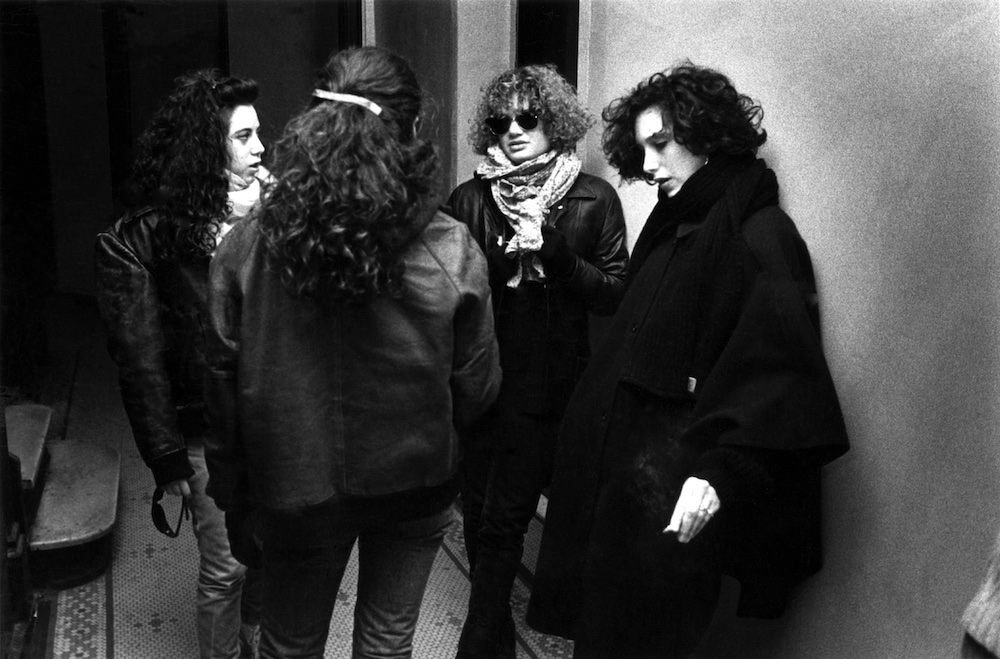
And what did you learn about Upper West Side girl world?
Growing up in 1980s New York as latchkey children only cemented a certain sort of self reliance in them. They were mature and responsible in many ways. Their strong independent mothers also provided them with the freedom to be themselves. The city was edgy in those years but affordable and creative; these girls were able to enjoy very large social circles amongst themselves and take advantage of everything the city had to offer them.
How do you hope your audience will respond to the work?
This work is a meditation on the importance of friendships made at a particular time in one’s life. My hope is that aspects of its universality will resonate with many. I hope that it encourages the viewer to savour important relationships, and also openly mourn the loss of friends and important times in one’s life.
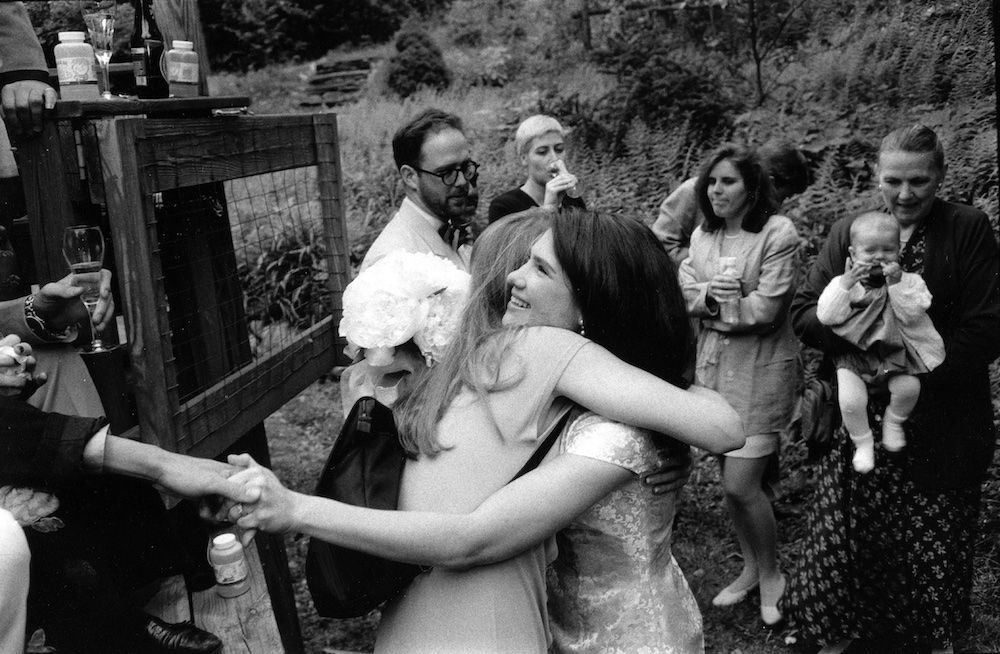
What else are you working on?
Obviously I have worked on many other projects, both long and short over a three decade time period, so there have been many other things going on simultaneously. Over the past couple of years, I have been scanning medium format work I did in the late 70s and early 80s that are environmental portraits of America. The work seems more relevant now than it did so many years ago. I have also been photographing infrastructure in America. It is medium format colour work that is completely about people and society, and yet rarely depicts people in the frame.




Karen Marshall’s Between Girls is published by Kehrer Verlag
